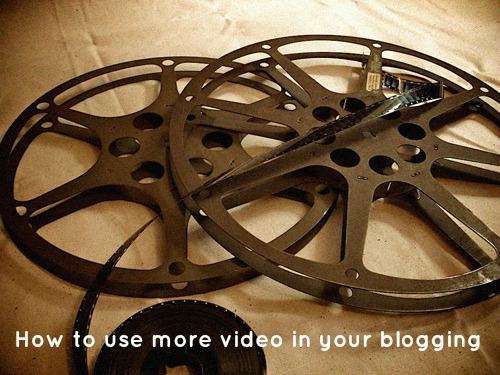I read some research today that I found fascinating. A group of European researchers have found that the media can influence how readers interpret the amount of power held by somebody, purely through the angle they use to shoot the photo.
Pictures shot from below are seen to represent powerful people, while those shot from above are seen to represent less powerful people. The media therefore can change how we feel about individuals with just a bit of clever photography. This might all sound a bit obvious, but what you might not think about so much is how this influences our perceptions of gender.
In their experiments, Dr Steffen R. Giessner, Associate Professor at Rotterdam School of Management, Erasmus University (RSM), and his colleagues found that there are more photographs of women in advertisements, newspapers and magazines shot from above than from below, while the opposite is true for men.
All these camera angles therefore reinforce our perception that men are powerful and women are not, strengthening our stereotyped ideas that women cannot become leaders.
“Such simple associations of power and angle of shot do not take place in a social vacuum,” said Giessner. “Rather, context related to power (such as within organisations, or portraying the 100 most important people in the world) easily trigger our thinking about power. As a result we may consciously or unconsciously use cues to show the attribution of power in a picture.” He concludes: “While it is the job of researchers to uncover such effects, it is the job of the media to decide when to use and when not to use such subtle cues.”
So there you go.
Have a look for yourself – flick through a magazine or newspaper and notice the camera angles. Are there more women shot from above? Does a simple picture change the assumptions you make about people?
 Today I am blogging again from the Collective Bias Social Fabric conference in Arkansas. Despite Belle being a bit of a natural behind her diary cam, I don’t often use video in my blog and so went along to the session with Danielle Smith to find out how to incorporate video more into my blogging.
Today I am blogging again from the Collective Bias Social Fabric conference in Arkansas. Despite Belle being a bit of a natural behind her diary cam, I don’t often use video in my blog and so went along to the session with Danielle Smith to find out how to incorporate video more into my blogging.